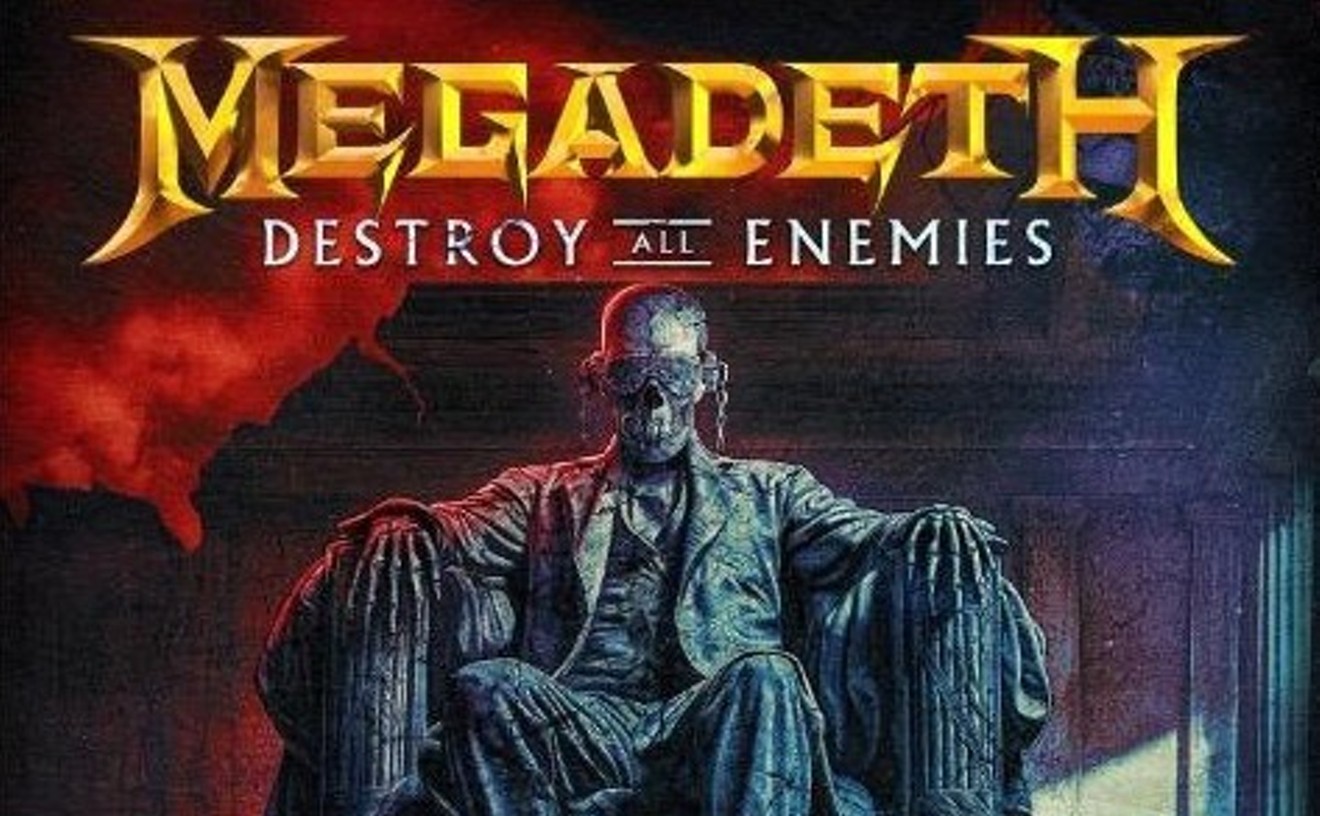Taylor Momsen is no stranger to the spotlight. She’s been modeling and acting since age 2, and she began writing music by the time she was in grade school. (Years later, a song she wrote at age 8 even ended up on a 24-year-old reality star’s debut album). She starred alongside Jim Carrey in The Grinch Who Stole Christmas, and in the popular show Gossip Girl before she left acting for the love of rock 'n' roll.
In 2009 she formed the band the Pretty Reckless, which became known not only for its hard-hitting energetic rock songs full of crunchy guitars, catchy melodies, and Momsen’s signature gravelly vocals — but also the controversial videos and her smoldering sexuality. But what people mistook as shock value and the typical “she’s getting by on her looks” phase blossomed into what was apparent underneath the surface all along: authenticity and the need to make things, well, real.
The Pretty Reckless had three consecutive number-one hits on the chart in a row (“Heaven Knows,” “Messed Up World” and “Follow Me Down,” all from 2014's Going To Hell) — the first female-fronted band to do so since The Pretenders three decades ago. And on the band's newest album, Who You Selling For (which comes out today), the lead single “Take Me Down” reached number one — the band’s fourth —in just seven weeks."['Take Me Down' is about] Loving something so desperately that you’re willing to give up anything for it, even your soul. And that’s how I feel about rock 'n' roll. I’d literally give everything up for it." -Taylor Momsen of The Pretty Reckless
tweet this
Momsen’s style is unique in the sense that she has somehow avoided becoming jaded over all these years; the reason she started composing music as a child is still the reason she plays today. And with this newest album, the Pretty Reckless has brought that exact reason to the forefront. They aren’t asking for a renaissance — they’ve decided to record it themselves.
As far-fetched as that may be, a musical renaissance happens in every generation. The influences of the Pretty Reckless hail back to classic rock; not “old” rock, but rock music that has lasted generations and continues to have an impact on each one.
Who You Selling For has expanded the band’s sound to a more bluesy, Southern rock, soulful realm, tinged with ‘60s rock guitar. Complete with blistering, darker-than-usual (yet charismatic) songwriting and Momsen’s smoky, matured vocals, the 12 tracks ooze authenticity and come off as a band in the studio just jamming out.
The Phoenix New Times talked to Taylor Momsen about the importance of not telling fans what songs are about, not being into guitar solos, and what her job really is.
New Times: So your third studio album, Who You Selling For, was written by you both. Was that a different writing course from the first two studio albums, 2010’s Light Me Up and 2014’s Going to Hell?
Taylor Momsen: No, Ben [Phillips, Pretty Reckless guitar player] and I have always been the two primary writers of the band and there’s no process. Everyone always asks if there’s a system, but there is no answer to that. Every song is done differently. The only thing is [that] it starts as an idea.
The artwork is simple yet powerful. Where did you first discover the art for the album cover?
It was a friend of mine who wishes to remain anonymous, so I can’t give you a name … but they were listening to the record and delivered this piece of art to us. We were going through the tracks. … We didn’t really know what the cover should be. We made this very diverse record that we weren’t really sure what would happen with. When we showed that cover to everyone; each person had a different take on it. The label, journalists, musicians — everyone. Which was very interesting. And then the title as a question. I mean, what is the art that goes with that?
So, compare your progression from a raucous song like 2010’s “Make Me Wanna Die” to the more mature sound of 2016’s “Take Me Down.” What were the inspirations behind those songs individually?
That’s a terrific question I might want to save for a documentary somewhere! Essentially it’s [“Make Me Wanna Die”] a love song. It was focused on Romeo and Juliet and a passionate love that might’ve not been appropriate.
For “Take Me Down,” it’s about going down a crossroads of a life of rock 'n' roll. The story of Robert Johnson and going down to the “crossroads." Whether you believe it or not, it was my interpretation of that song. Loving something so desperately that you’re willing to give up anything for it, even your soul. And that’s how I feel about rock 'n' roll. I’d literally give everything up for it.
On “Oh My God,” the lyrics seem to delve into desperation. You say “I wish I was black / I am so white” and it comes off as that feeling of always wanting to reach that next level internally, feeling comfortable in who you want to be. What were you going for with those lyrics?
Well, again, kinda like the record cover and the title, you state an opinion on that song and I love that opinion. So I don’t want to pose my own personal opinion into that. As a writer and a fan of art and music, I personally think it’s unfair to the listener to explain songs. For example, I watched one of what, 7,000 Pink Floyd documentaries, and one of them said that Syd Barret was the subject of a specific song, and it really bummed me out. Not because I didn’t like Syd Barret, but I didn’t want to know that. So I like to leave that open to interpretation. As an artist, I’m also growing, so what it means to me right now when I wrote it compared to five years from now. You can’t talk about something without having time to reflect on it. We started interviews before we even started mastering it, so I’m still wrapping my head around it.
What was your biggest challenge with this record?
There were many. We toured for two-and-a-half years, and we were tired when we were done. So then we know we need to do a record. But there was also so much we wanted to say. Tour is all about isolation. You might jot down an idea on tour but you don’t really write. When you’re alone with your own thoughts, you get in your head and get ideas, though. There was a desperate feel throughout the entire record for this desire to make something new.
We wanted to capture that performance of the player and that human element. It had to be extremely honest. There’s no manipulation. It’s very much the band jamming in a room. In the digital age of manipulated singing and instrumentals and everything trying to be perfect – or imperfect – we wanted to make music and art relatable.
Autotune can be maddening.
It takes the soul out of it.
Some guitarists only take their guitars out when it’s time to play, while others can’t seem to put it down. Where do you each fall?
On the writer front, I’d say I’m a guitarist third and dabble in everything else. I mostly use a guitar as a tool for writing, and it keeps me sane. Playing songs on it is just really, really pleasant. I’m kinda one that always has it in my hands as long as Ben’s not in the room. I’m very much a rhythm player. I’m not trying to take a solo; Ben’s a fantastic player.
Anyone that tells you that playing music is a job? They are lying. Touring is a job! Music is
The Pretty Reckless play at Livewire in Scottsdale on October 24, 2016.










